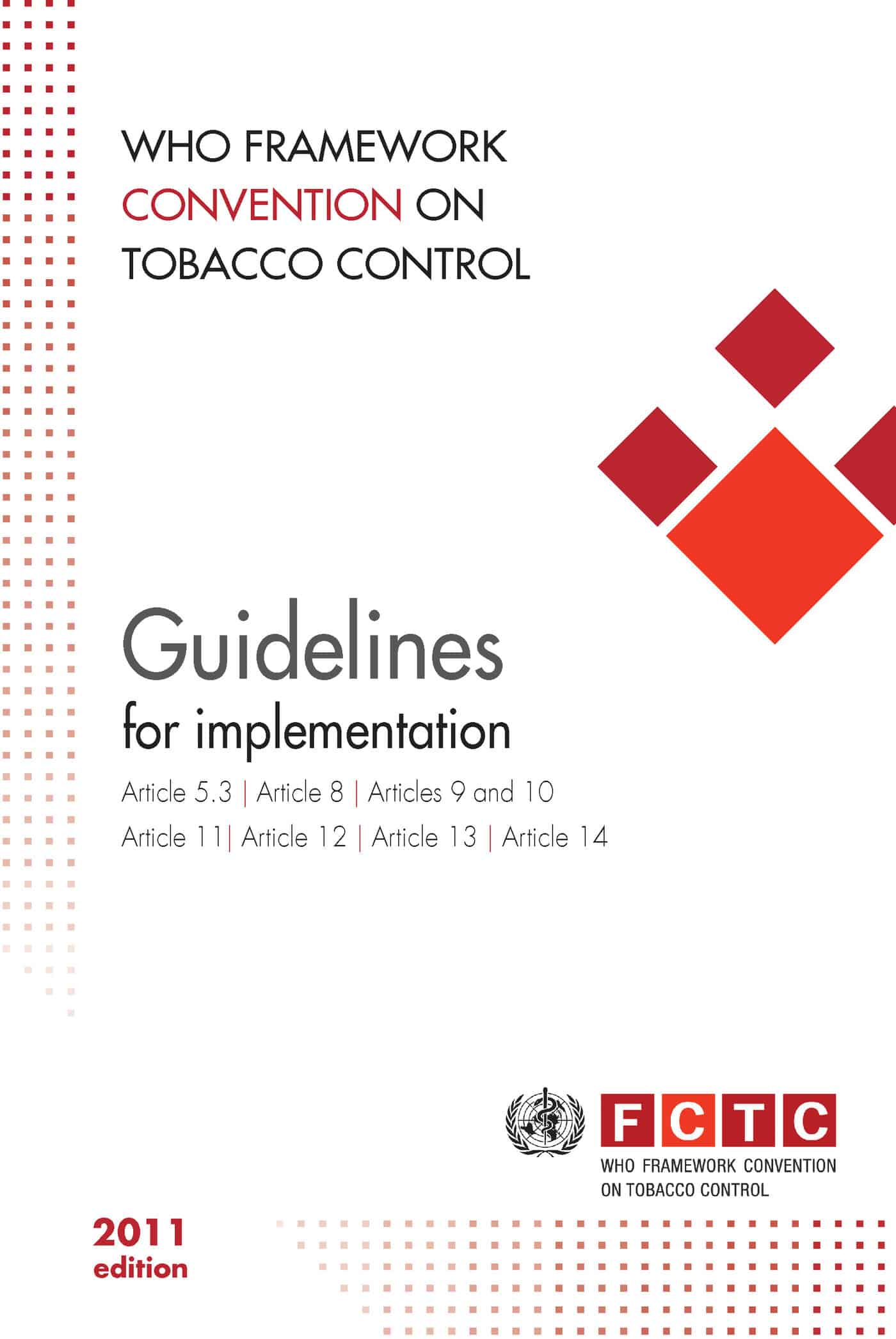 Safe Work Australia has released a couple of packages of draft codes of practice in line with the Australian Government’s OHS harmonisation strategy but where is the code that addresses the established risk of environmental tobacco smoke (ETS) or second-hand smoke? This is a question that was asked during the recent Safe Work Australia week by Smoke Free Australia, an alliance of employee and health groups.
Safe Work Australia has released a couple of packages of draft codes of practice in line with the Australian Government’s OHS harmonisation strategy but where is the code that addresses the established risk of environmental tobacco smoke (ETS) or second-hand smoke? This is a question that was asked during the recent Safe Work Australia week by Smoke Free Australia, an alliance of employee and health groups.
Smoke Free’s media release stated that
“….thousands of Australians are working in areas contaminated by highly toxic, carcinogenic tobacco smoke – and Safe Work Australia has done nothing to prevent it”
Stafford Sanders, the coordinator for Smoke Free Australia, was struggling to understand why ETS had not been given prominence in the new draft codes of practice given that second-hand smoke is a known killer.
- “There is no safe level of exposure to ETS”
- It also stated that “employers are obliged to provide healthy and safe workplaces. Allowing workers and others to harm persons through passive smoking in the workplace contravenes this obligation.”
 A 2011 report on ETS by Quit Victoria and the Heart Foundation, the latter a member of Smoke Free Australia, states that
A 2011 report on ETS by Quit Victoria and the Heart Foundation, the latter a member of Smoke Free Australia, states that
“Tobacco kills half of all long-term smokers and accounts for 4,000 deaths annually in Victoria. Smoking is also a leading cause of avoidable chronic illness and hospitalisation from conditions such as cardiovascular disease and cancer.
The scientific and medical evidence that exposure to second-hand smoke causes disease is overwhelming; even small levels of exposure to secondhand smoke can lead to an increased risk of cardiovascular disease and acute respiratory events.”
Worldwide health experts have established evidence of the risks associated with ETS, most recently in the 2011 edition of the Guidelines for Implementation of the WHO Framework Convention on Tobacco Control, so why is there no current guidance in the harmonisation package of codes of practice? No one knows. When asked by SafetyAtWorkBlog whether Safe Work Australia would be responding to SmokeFree Australia’s media release, a Safe Work Australia representative said that they would respond privately to SmokeFree Australia.
 The Australian Government acknowledged over a decade ago that ETS is an occupational and public health threat. Australia has signed the WHO Framework Convention on Tobacco Control and has used the framework in support of its legislative campaign to introduce plain packaging laws. The Health Minister, Nicola Roxon, has even funded the World Health Organisation’s campaign by $A700,000. In her September 2011 media release about the funding she said:
The Australian Government acknowledged over a decade ago that ETS is an occupational and public health threat. Australia has signed the WHO Framework Convention on Tobacco Control and has used the framework in support of its legislative campaign to introduce plain packaging laws. The Health Minister, Nicola Roxon, has even funded the World Health Organisation’s campaign by $A700,000. In her September 2011 media release about the funding she said:
“Tobacco companies are fighting for their profits; but we are fighting for people’s lives,….
Australia looks forward to continuing to work with partner countries, particularly those from the Asia-Pacific region, in the global effort to reduce non-communicable diseases NCDs and their risk factors, including smoking. Because the fight against Big Tobacco is one which together, we can win…”
Controlling the risks of environmental tobacco smoke is a government nightmare that has much to share with the control of problem gambling and the social costs of alcohol abuse. The government has a social duty of care to reduce the social and health risks associated with gambling, drink and ETS but it obtains considerable taxation revenue from the manufacturers of these products and activities.
Employers and businesses are rarely in the same position. They are legislatively obliged to control the risks to health from ETS without any of the financial “benefits”. The least the Australian Government and Safe Work Australia could do is to provide contemporary guidance on reducing and controlling the risks of ETS in the workplace, but they both seem unwilling to do so.
Social attitudes to cigarette smoking have radically changed over the decades of the late 20th Century from social acceptance and promotion to rejection. The WHO Framework and workplace smoking laws are reflections of this attitudinal change. But the change has stopped for governments in Australia. The changes have led straight to the too-hard basket a basket.
Article 8 of the WHO Framework states that
“Parties may be obligated to address the hazard of exposure to tobacco smoke in accordance with their existing workplace laws or other laws governing exposure to harmful substances, including carcinogens.” (page 20)
It may be possible to argue a person’s right to damage their own health through smoking but this argument fails in the realm of OHS and the need for a safe and healthy workplace.

“Sanders said that Safe Work Australia referred him to a 2003 guidance note from its predecessor, a document that no longer exists. The Guidance Note on the Elimination of Environmental Tobacco Smoke is still available…”
Kevin, surely the document you linked to is the one that Safe Work Australia was referring Sanders to – a 2003 guidance not issued by NOHSC (the predecessor of the ASCC, who was the predecessor of SWA.) It is still available on the SWA website:
http://safeworkaustralia.gov.au/AboutSafeWorkAustralia/WhatWeDo/Publications/Pages/GN2003EliminationOfTobaccoSmoke.aspx